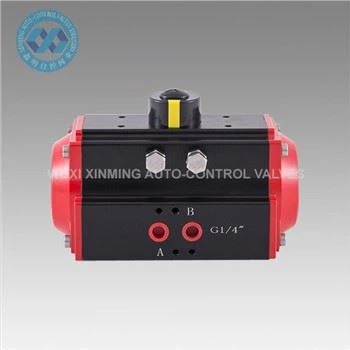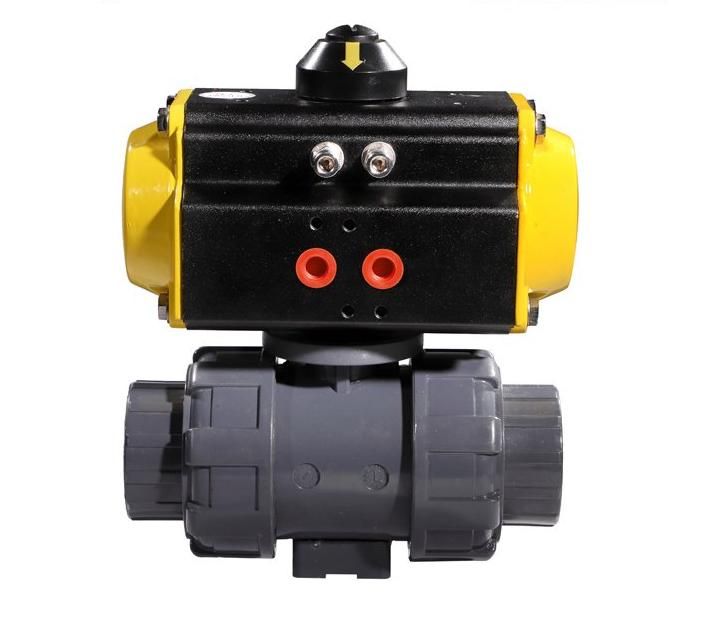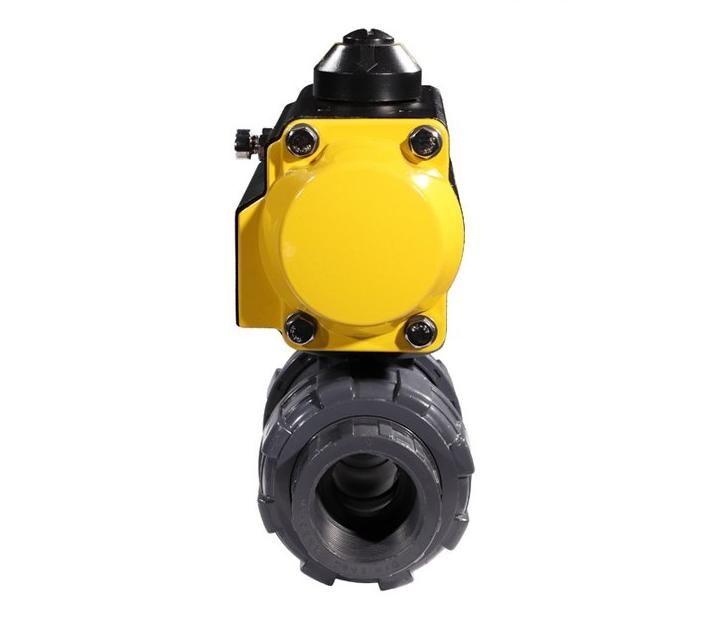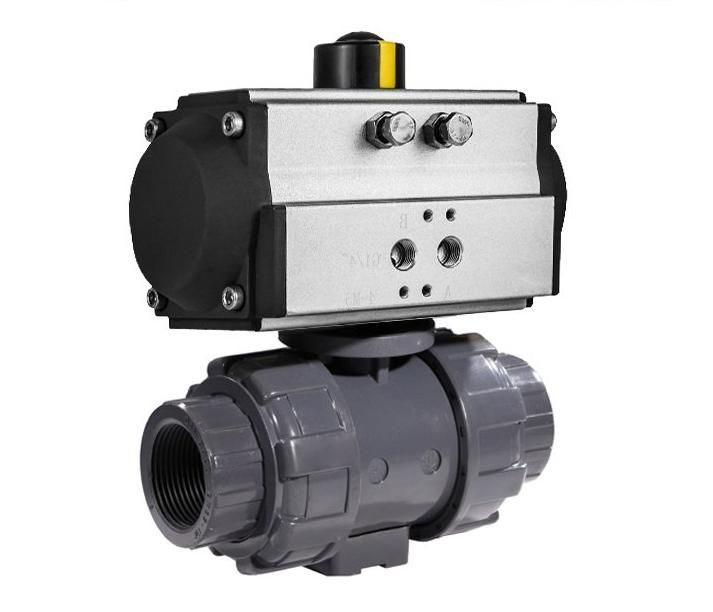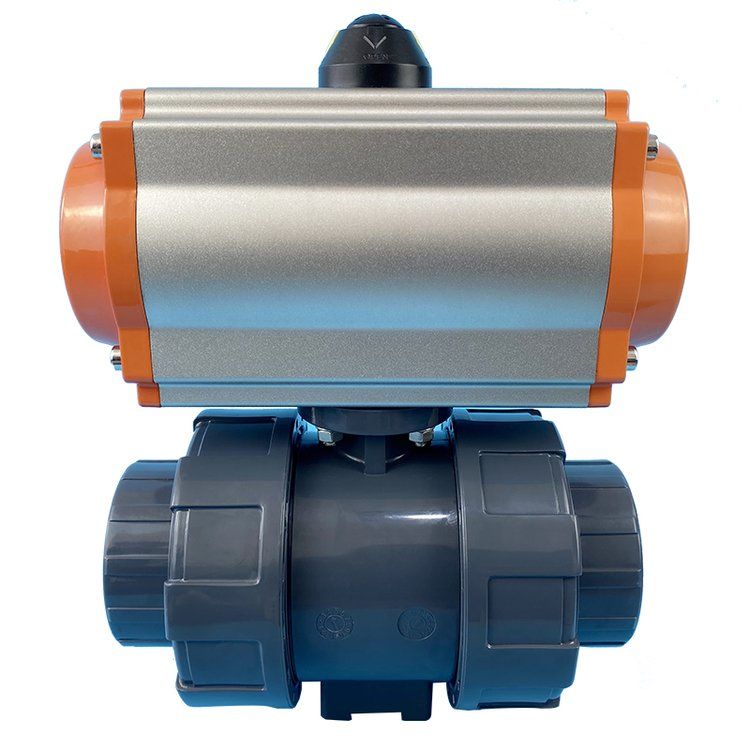Single-Acting Pneumatic Actuator Seal Wear Analysis
Wear Characteristics
Seals in single-acting pneumatic actuators experience moderate wear patterns influenced by design parameters, material selection, and operational conditions. The cyclic motion inherent in their operation creates consistent friction that gradually degrades seal integrity over time.
Primary Wear Mechanism: Each actuation cycle involves the piston/diaphragm rubbing against seals during both compressed air-driven extension and spring-powered retraction. This bidirectional friction is particularly impactful in high-cycle applications like packaging machinery.
Key Wear Factors
- Cycle frequency and actuator speed
- Seal material composition
- Operating temperature range
- Lubrication quality and frequency
- Contaminant exposure (dust, moisture, debris)
- System pressure levels
Material Impact on Wear
Seal material selection critically influences wear resistance and longevity. Different materials offer varying balances between cost, performance, and environmental resistance.
| Material | Wear Resistance | Temperature Range | Chemical Resistance | Cost |
|---|---|---|---|---|
| Nitrile Rubber (NBR) | Moderate | -30°C to +100°C | Good (oils, fuels) | Low |
| PTFE (Teflon®) | Excellent | -70°C to +260°C | Exceptional | High |
| Viton® (FKM) | High | -20°C to +200°C | Excellent (chemicals) | Medium-High |
| Polyurethane (PU) | Good | -40°C to +80°C | Fair | Medium |
Design Advantages
Single-acting actuators offer several design benefits that mitigate seal wear compared to double-acting alternatives:
Wear-Reducing Features
- Simpler design: Fewer total seals than double-acting models
- Reduced pressure exposure: Seals experience pressure stress only during actuation (not retraction)
- Lower friction cycles: Spring return reduces seal contact pressure during retraction
- Fail-safe operation: Spring return maintains function even with some seal degradation
Application-Specific Wear
Seal longevity varies dramatically based on operating environment and maintenance practices:
Service Life Expectations
- Clean, low-cycle environments (HVAC): 5-10 years
- Moderate industrial use: 2-5 years
- High-cycle applications (packaging): 6-18 months
- Harsh conditions (high temp/contaminants): 3-12 months
Maintenance Critical: Proper air filtration, regular lubrication, and timely seal replacement can extend service life by 200-300% in demanding applications.
Wear Mitigation Strategies
Several practices can significantly reduce seal wear and extend actuator service life:
Best Practices
- Implement high-quality air filtration (5 micron or better)
- Maintain proper lubrication (oil mist or periodic greasing)
- Select appropriate seal material for the environment
- Monitor for early signs of wear (increased friction, air leakage)
- Follow manufacturer's maintenance schedules
- Consider seal-less designs for extreme conditions
If you want to learn more about low-priced products, please visit the following website: www.xm-valveactuator.com






